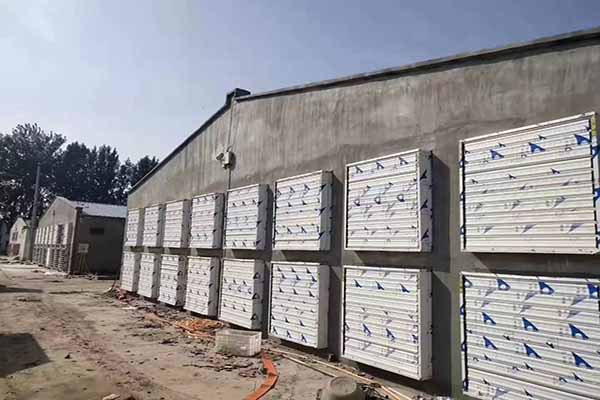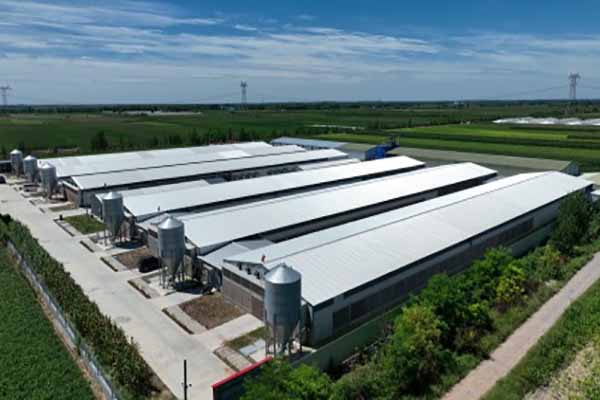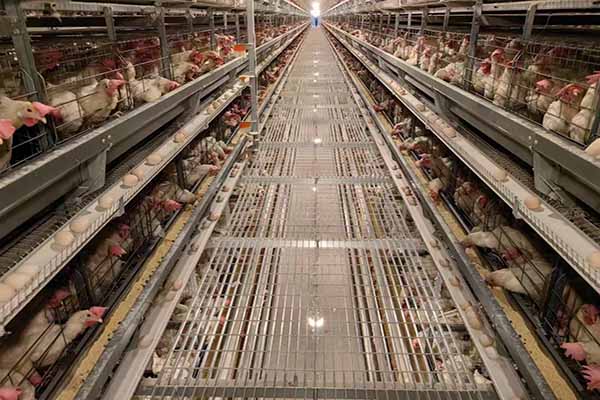Optimizing University Farms with Advanced Layer Cage Systems
As the demand for locally-sourced poultry continues to rise, university farms are increasingly looking for innovative solutions to enhance their chicken production. One such solution is the implementation of advanced layer cage systems. These systems are designed to maximize efficiency, ensure animal welfare, and meet the stringent requirements of modern poultry farming. In this article, we will explore the benefits of layer cage systems for university farms and provide insights into their design and implementation.
Benefits of Layer Cage Systems
- Increased Space Utilization
- Enhanced Animal Welfare
- Reduced Labor Costs
- Improved Egg Quality
Layer cage systems are designed to maximize space utilization, ensuring that each chicken has ample room to move and express natural behaviors. This not only improves animal welfare but also leads to healthier birds and higher egg quality. According to a study by the National Research Council, farms using layer cage systems can achieve a space utilization rate of up to 50% more than traditional floor systems.

Design Considerations for Layer Cage Syste ms
ms
When selecting a layer cage system for a university farm, several factors should be considered to ensure optimal performance and long-term viability:
- Material Quality: High-quality steel or aluminum is recommended for durability and corrosion resistance.
- Cage Dimensions: Standard cage sizes range from 2 to 3 feet wide and 3 to 4 feet long, with a height of 3.5 to 4.5 feet.
- Feeding and Watering Systems: Automated feeding and watering systems ensure consistent nutrition and
 hydration, reducing the need for manual labor.
hydration, reducing the need for manual labor. - Environmental Control: Layer cage systems should be equipped with temperature and humidity controls to maintain optimal living conditions for the chickens.
Table 1: Comparison of Traditional Floor Systems and Layer Cage Systems
| Factor | Traditional Floor System | Layer Cage System |
|---|---|---|
| Space Utilization | Low | High |
| Animal Welfare | Low | High |
| Labor Costs | High | Low |
| Egg Quality | Low | High |
Implementing layer cage systems in university farms can lead to significant improvements in poultry production. By optimizing space utilization, enhancing animal welfare, and reducing labor costs, these systems are a valuable investment for any farm looking to stay competitive in the modern poultry industry.
Conclusion
Layer cage systems offer a range of benefits for university farms, from increased space utilization and enhanced animal welfare to reduced labor costs and improved egg quality. By carefully considering the design and implementation of these systems, university farms can achieve a more efficient and sustainable poultry production process. To learn more about our custom layer cage systems and receive a free design consultation and equipment quote, please contact us today.




